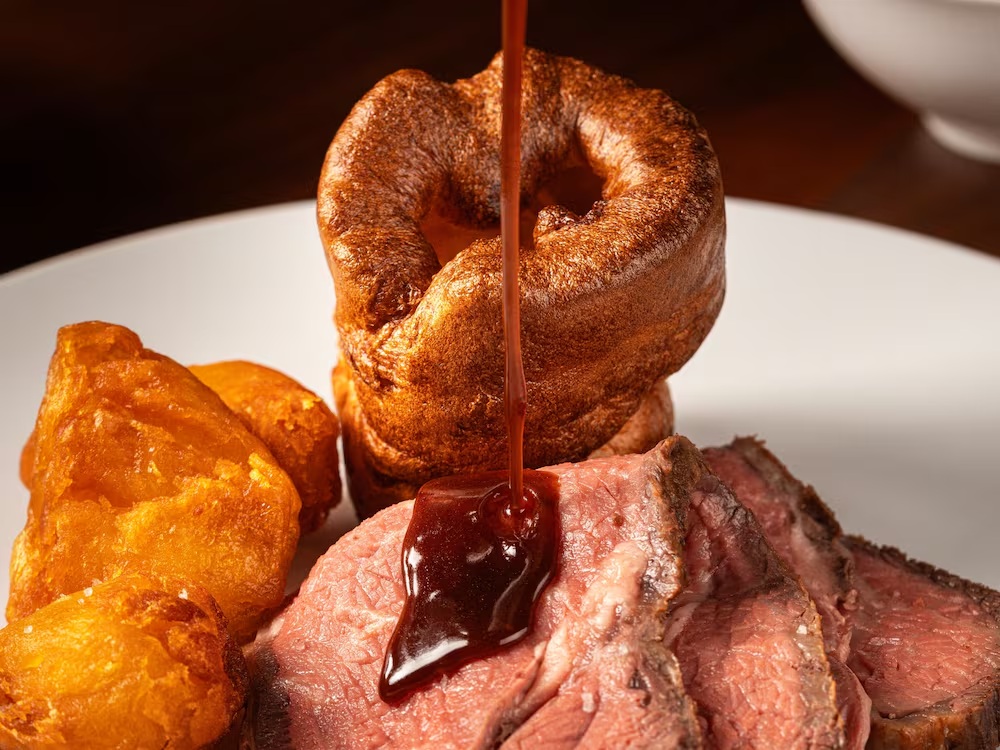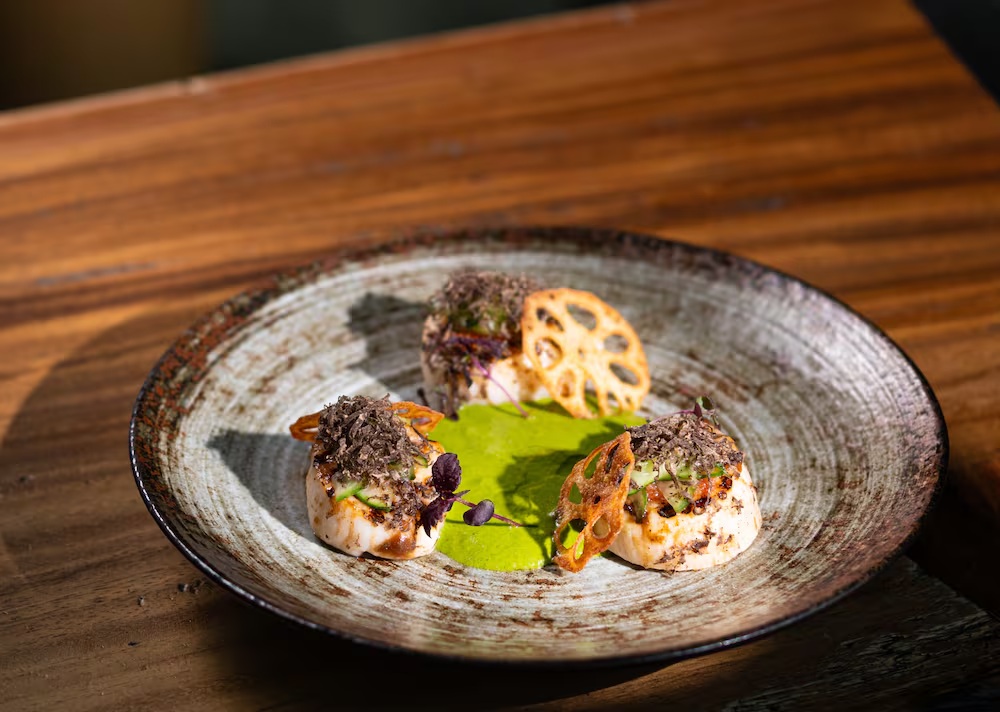
Monitoring Desk
Sweet, crunchy and soft, baklava is a Middle Eastern dessert often found at social gatherings, celebrations and iftar during Ramadan.
Baklava is delicately made and stuffed with nuts, like roasted almonds, walnuts, or pistachios, and sometimes topped with pistachios as well, and sweetened with syrup. Many countries claim the dessert as their own, including Greece, Turkey and Syria.
But the history of baklava goes back to the eighth century B.C. during the Assyrian era. Assyrians used layers of unleavened flatbread and spread chopped nuts in between, drenching it with honey and then baking the final product in a primitive wood-burning oven.
Modern-day baklava, or baklawa as Middle Easterners say, has gone through many transitions in the production process.
All the lands that once were under the Ottoman Empire, including the Middle East, Eastern Mediterranean, the Balkans and Caucasia, claim baklava as their national dessert.
It is most probable that the sweet pastry was perfected during the Ottoman reign from the 15th century until its downfall at the beginning of the 20th century, as the oldest record about baklava is present in the kitchen notebook of Topkapı Palace, where the first Ottoman sultans lived and worked.
Baklava was considered a luxurious dessert in Turkey in the 19th century that only the rich could afford. There is a saying that Turkish people use to this day when describing their financial status: “I’m not rich enough to eat baklava every day.”
To make baklava, you will need 400g of phyllo pastry, 200g of butter, and 200g of chopped pistachio. For the syrup, prepare 1 cup of sugar, 1 cup of water, 2⁄3 cup honey, ½ tsp orange blossom or rose water, and 1 tbsp lemon juice.
Starting with the syrup, add all the ingredients in one pan and stir until the sugar is dissolved and thickened a little, then set it aside to cool down.
On a clean surface, lay one sheet of phyllo pastry, brush it with butter, add another layer, butter it again, sprinkle the chopped pistachio evenly, horizontally place two skewers at both ends and on the edge of the sheets, roll tightly before scrunching the roll to the middle, then place in a buttered tray and pull the skewers from the roll.
Repeat the process and line the rolls next to each other on the tray, and butter them before baking them in the preheated oven at 160 degrees Celsius for up to 1.5 hours. Immediately pour the syrup on the baklava once it is out of the oven.
Set aside until it is at room temperature, cut it into squares, place it on a plate and serve.
Courtesy: arabnews
The post Ramadan Recipes: Pistachio Baklava appeared first on The Frontier Post.








